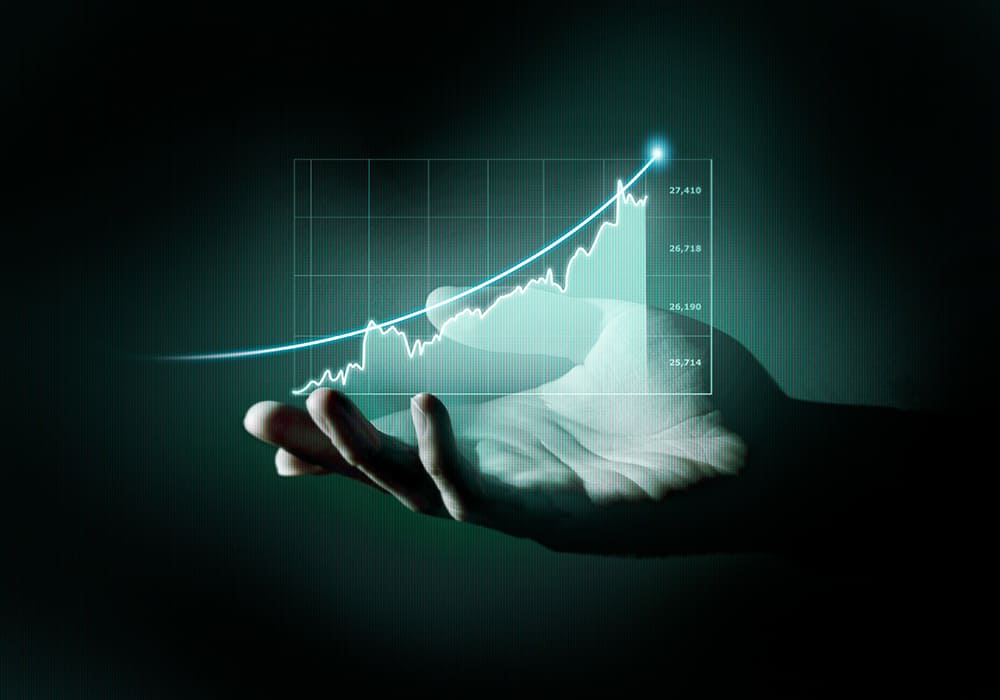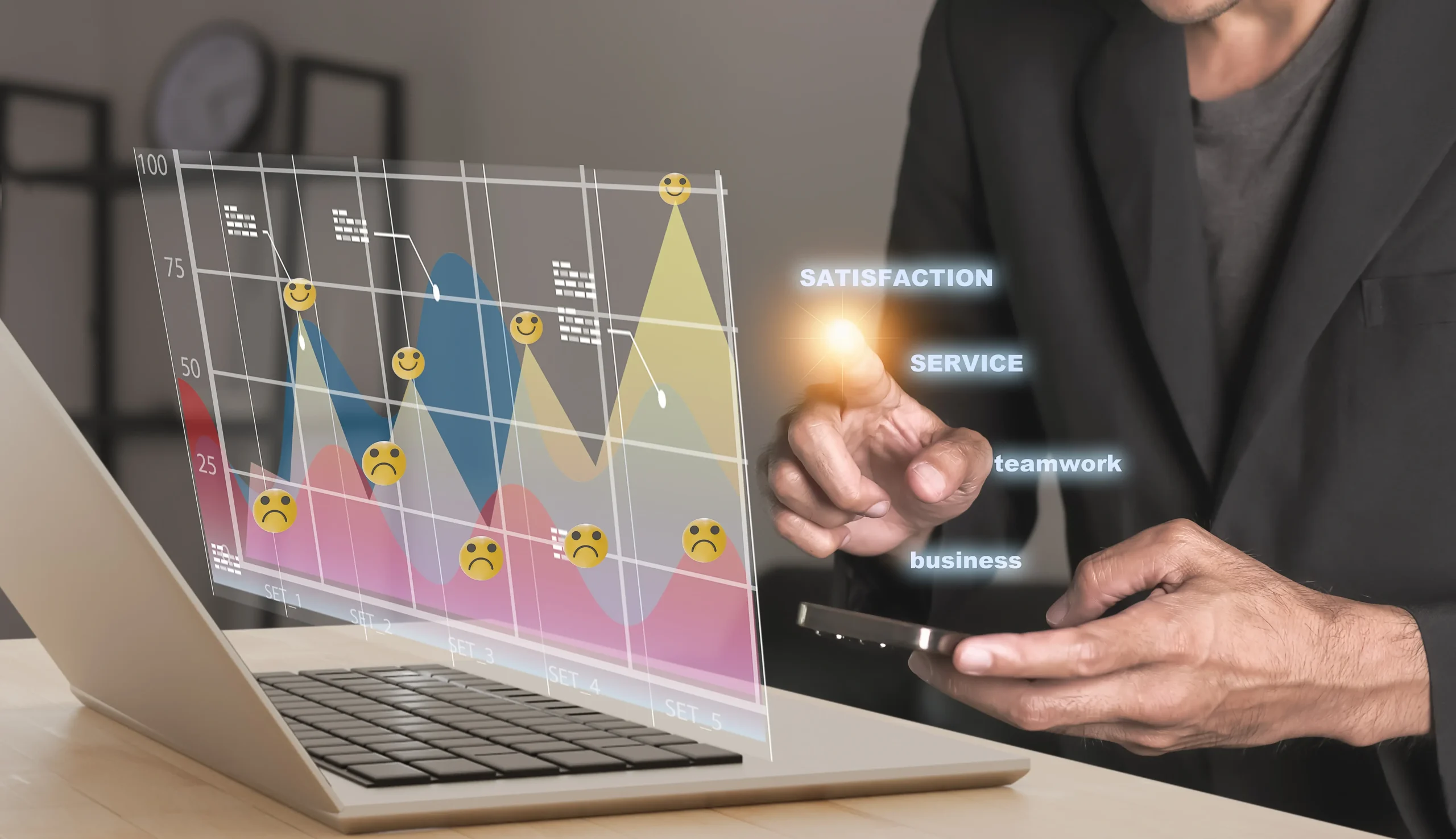Index futures are one of the most potent financial instruments at the speculation or hedging portfolio of a large number of speculators and hedgers looking to take a view on the prospective future movements in marketwide indices, such as the S&P 500, Dow Jones Industrial Average, or Nasdaq Composite.
Because these contracts are derivatives not of individual stocks but of the expected future value of an entire index, they represent unique tools in gauging market sentiment and predicting market movements. Getting a proper understanding of how index futures work and about the indication they provide over the trend in the market may give the trader an edge that he/she may desperately need.

1. What is Index Future?
Index futures are, in simple terms, contracts that bind the buyer or seller into purchasing or selling at a pre-defined future date and price in some market index. Unlike investing in company stocks, which is more of ownership in the respective companies, index futures derive their market value from the performance of a pool of stocks represented in the index. For example, the S&P 500 index futures reflect the expected performance of the S&P 500, made up of 500 of the largest publicly traded companies in the U.S.
Being derivatives, therefore, index futures allow traders to get exposure to an index without needing actually to hold stocks in the index. They trade on visible exchanges like the CME, where standardized contracts assure transparency and liquidity.
2. How Do Index Futures Work?
Standardized by the exchange, all of these index futures contracts show the sum of index points it represents and the date on which it expires. Traders take long or short positions in futures contracts depending on perspectives of the market performance:
Buying: The trader will buy an index future, if he or she feels that the index will go up. When the index goes up at the expiry of contract, he can sell the contract for a good return because he had committed to buying it at a lower price.
Selling: Conversely, a trader sells, or “shorts” an index future in anticipation of a predicted fall in the index. If the index fell then the trader will be able to buy back the contract at a lower price and realize a profit.
The profit or loss is the difference between the purchase or selling price and the level of the index at expiration, but most index futures positions are usually closed out well before expiration by taking an offsetting position.
3. Using the Index Futures for Market Predictions
Index futures indeed work very well as an indicator of market sentiment. They nearly trade 24 hours a day, which gives them immense capability for immediate reaction to global economic events and real-time insight for traders on how markets may open or close.

Market Prediction Applications:
Pre-Market and After-Hours Indication: A look at index futures can show how markets will perform outside regular market hours. For instance, if S&P 500 futures had an overnight increase, that could indicate that the opening for U.S. stock markets the following day might be upbeat.
Anticipating Economic Announcements: Because index futures are responsive to the economic data releases, they can paint a picture of investor expectations in advance of critical reports, such as employment figures and Fed meetings. Large futures price movements are indicative of the expected change due to these reports in the wider market.
Sentiment and Global Risk Appetite: Events taking place on the world stage, like geopolitical tensions or a change in economic policy, filter into the futures markets within seconds, reflecting instant market sentiment and appetite for risk.
4. Strategies for Trading Index Futures
The index future is employed by traders for hedging and speculation purposes:
Hedging Portfolio Risk: Investors holding a portfolio of stocks may hedge against market decline using index futures. Assume the portfolio manager thinks that the short-run market is volatile. A portfolio manager could undertake the selling of index futures as a hedge. If the market declines, the gains from the futures position may offset losses in the portfolio.
Leverage for Higher Returns: Because of the margin, which requires only a tiny portion of the actual value of the contract, traders can get heavy market exposure with relatively little capital. In such a situation, the losses can also be equally heavy, so the risk management needs to be correspondingly prudent.
5. Risks and Considerations
While index futures boast an array of singular benefits, they are far from risk-free. The high degree of leverage implies that even modest changes in the index will translate into wild profits or losses. Interest rates, inflation, and sudden events on the general market can make index futures shift unpredictably, with an unaware trader risking it all.
Hence, index futures are flexible tools for market forecasting by allowing traders to speculate on, or hedge against, market movements. Futures trade almost constantly, providing real-time insight into investor sentiment and the latest expectations of the global economy. The nature of their leverage and volatility demands an informed approach and proper risk management if the full predictability of futures is to be tapped into.






